Airtight White — Product FAQs
What is Airtight White (finished airtight paint)?
Airtight White is a finished internal airtight paint — the visible final surface that delivers airtightness with a clean white look. It’s ideal for retrofit and any space where the airtight layer must also be the finished wall/ceiling.
Is Airtight White a top coat?
No. It’s not a decorative top coat. Airtight White is the final airtight finish. If you ever refresh the surface, use a compatible coating per the latest TDS.
Where should I use Airtight White (retrofit & refurb)?
Internal walls and ceilings where you need a visible airtight layer with a white finish — occupied rooms, refurb/retrofit projects, corridors, plant rooms, showrooms.
Is Airtight White breathable (vapour-open)?
Yes — the film is airtight at all times to stop uncontrolled air leakage, yet vapour-open when the structure needs to release moisture, helping reduce condensation risk (especially in retrofit).
Which substrates are suitable?
Brick, block, OSB, plasterboard, cement board, sheathing boards and common internal plasters/boards that are clean, dry, and sound. Remove dust/loose material and fill obvious defects before coating.
Do I need a primer?
Often, yes.
How do I treat joints, corners and penetrations (use Brush + IM Fleece Tape)?
Use the Brush paste at board joints, corners/returns, frame perimeters and around pipes/cables.
How much product do I need (consumption & coverage)?
Total (two-coat build), including detailing:
-
OSB / plasterboard / cement board: 0.8–1.0 kg/m²
-
Brickwork / blockwork: 1.2–1.4 kg/m²
Heavily textured/porous areas or dense detailing can push usage to the top of the range. Always trial a small area first.
What coverage per 11.4 kg tub (approx.)?
Brush, roller or spray — which is best?
-
Brush (paste): joints/edges/penetrations; precision and bridging.
-
Roller (liquid): small–medium rooms; low overspray; consistent film.
-
Airless spray (liquid): large/open areas; fastest and most even film (masking + experienced operator recommended).
How do I apply Airtight White (step-by-step)?
-
Prep & prime (clean, dry, sound; prime if needed).
-
Detail with Brush on joints/corners/frames/penetrations (100–150 mm band; IM Fleece Tape for >10 mm).
-
Field coat 1 (roller/spray) across the area, covering Brush bands; hit target wet-film.
-
Field coat 2 after touch-dry to reach the total 0.8–1.0 kg/m² (boards) or 1.2–1.4 kg/m² (brick/block).
-
Inspect & test: repair pinholes/holidays; verify airtightness (e.g., blower door) and check dry-film thickness per TDS.
How long does it take to dry / recoat?
Depends on temperature/humidity and ventilation. Follow the current TDS for touch-dry and recoat windows; ensure adequate airflow.
Can I repaint Airtight White later?
If a refresh is required, use a compatible coating per the current TDS so you maintain airtightness and vapour management.
How do I verify performance on site?
-
Airtightness testing (e.g., blower door)
-
Continuity checks at corners, frames and penetrations
-
WFT/DFT measurements against the specification
Common mistakes to avoid
-
Skipping primer on dusty/porous substrates
-
Thin spots/pinholes from under-building film
-
Not reinforcing >10 mm gaps with IM Fleece Tape before brushing over
-
Applying outside the temperature/humidity limits
Documentation & support
Ask for TDS, SDS, installation guides, and certificates. Installation support is available if you want guaranteed results.


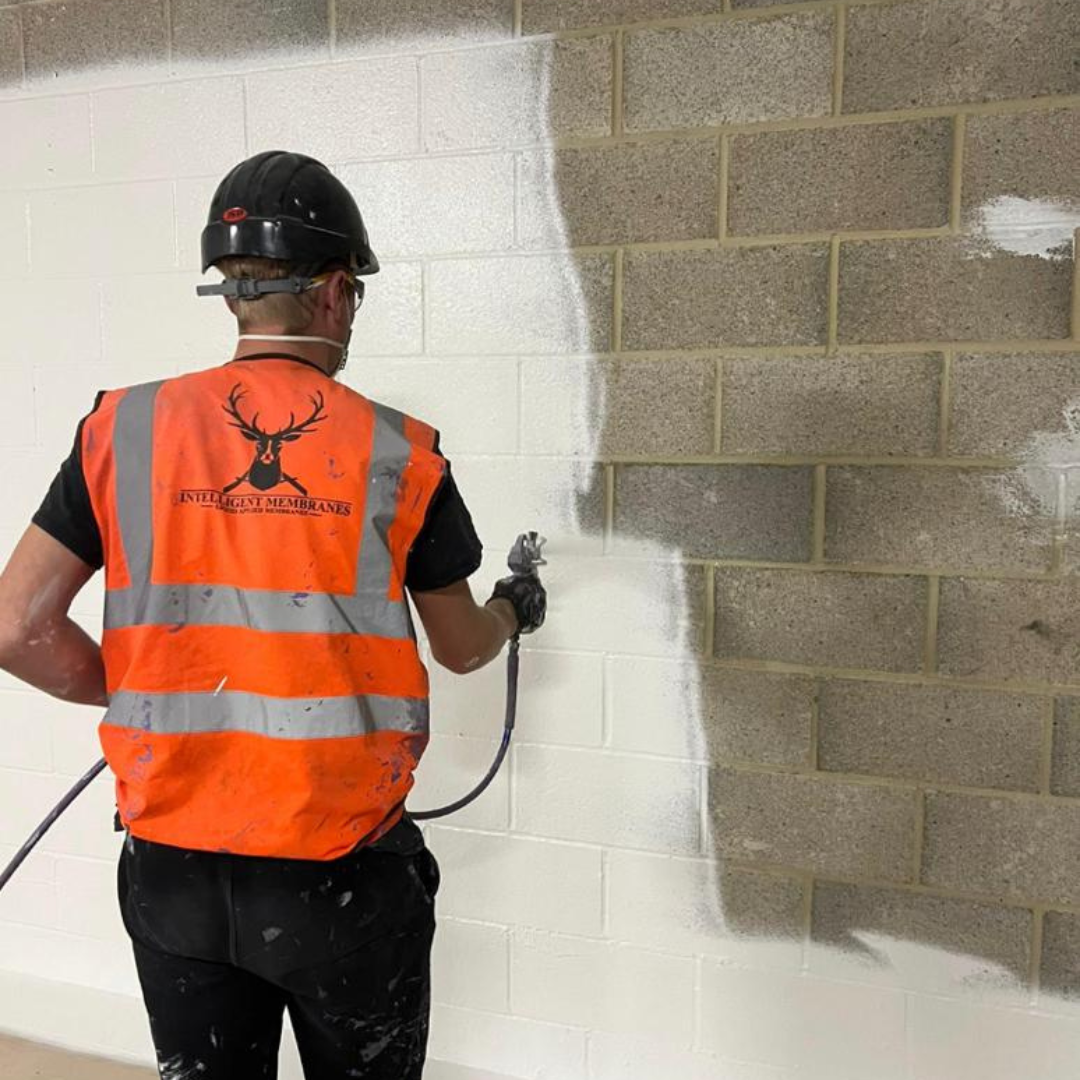
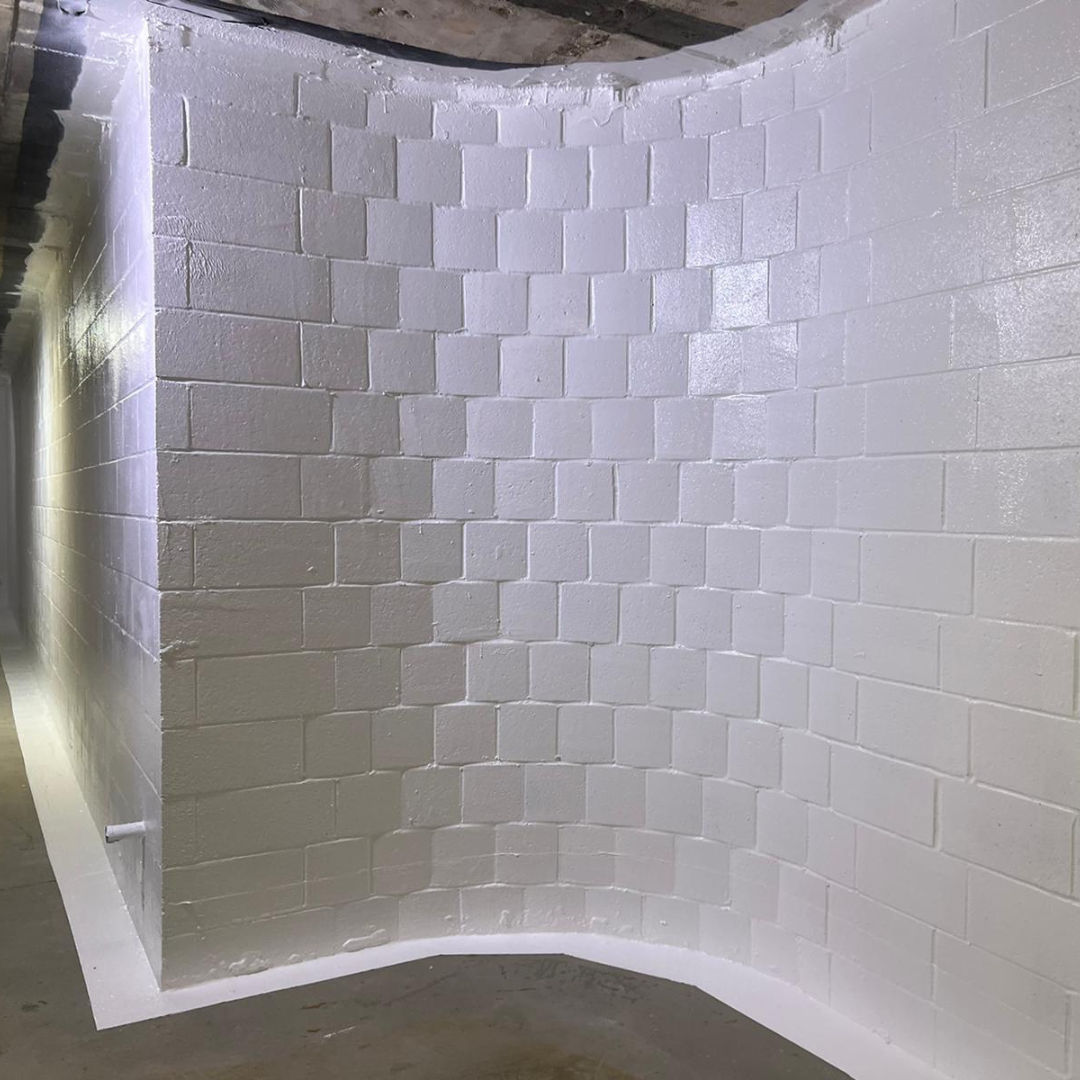
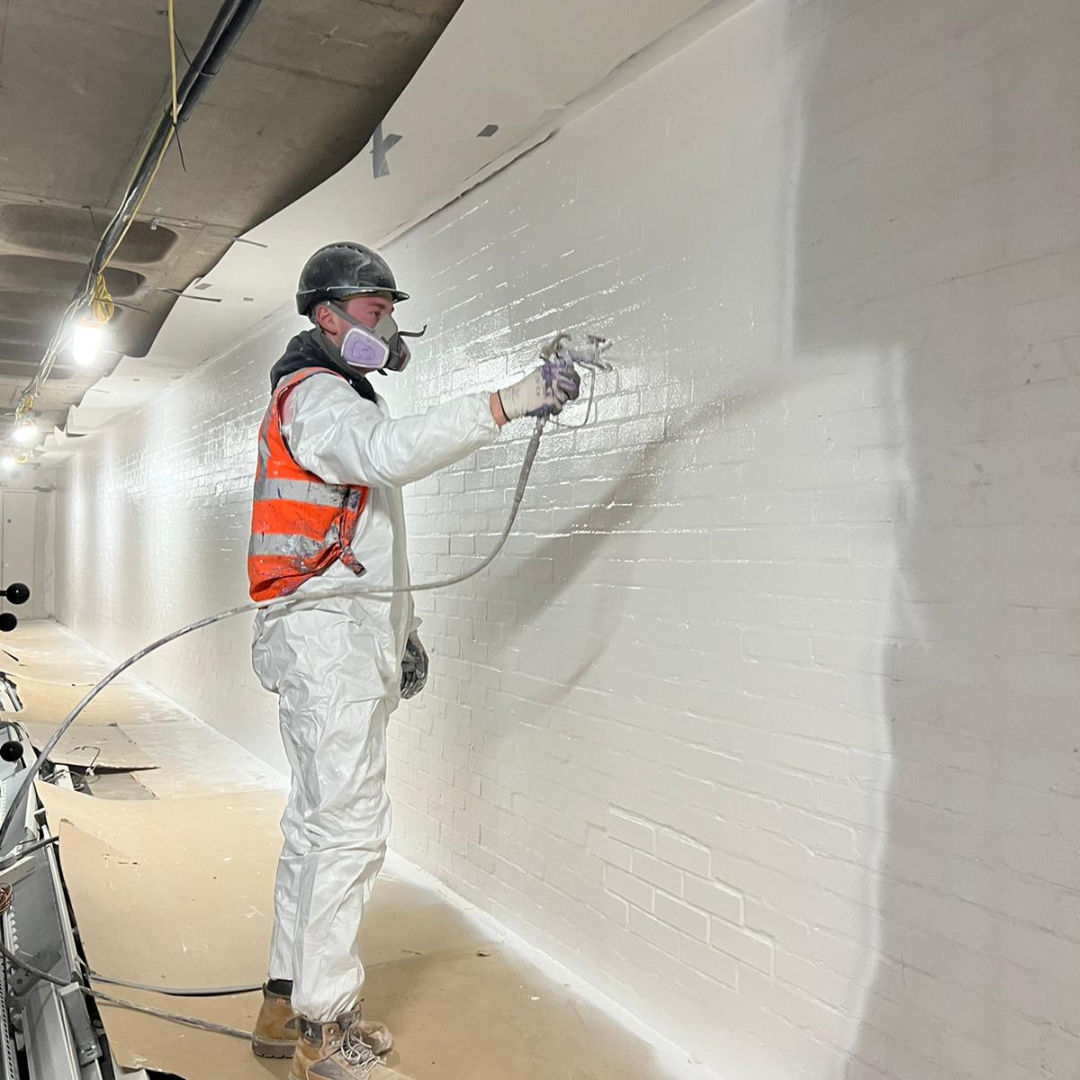
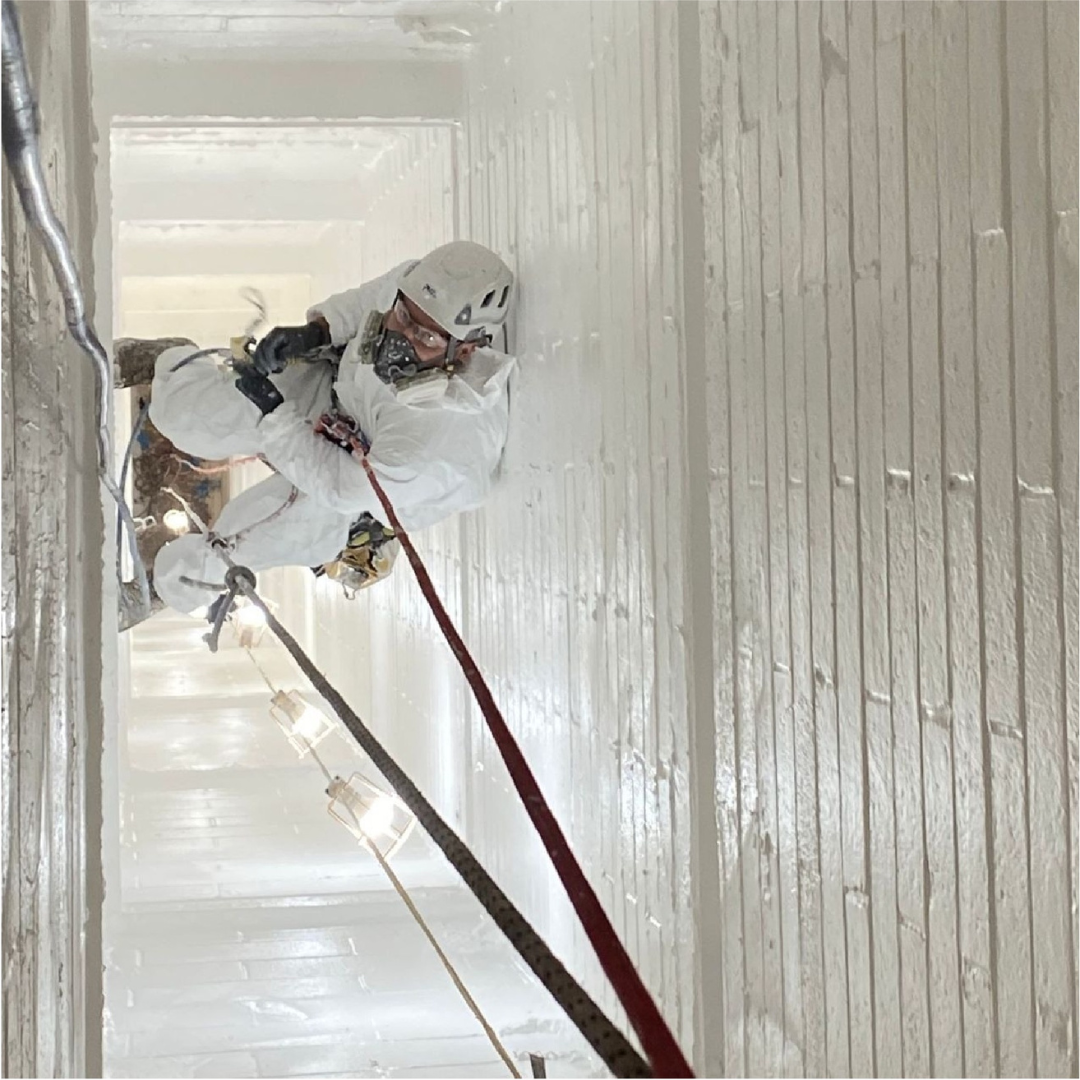






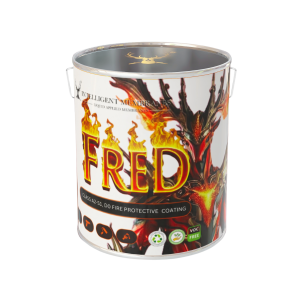

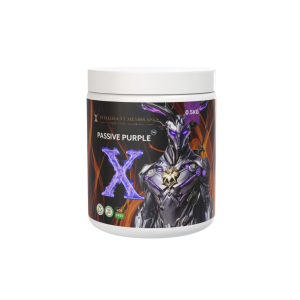


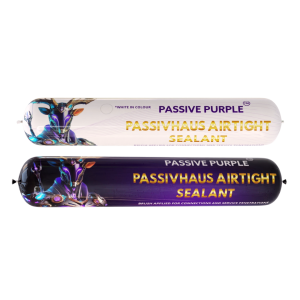
Reviews
There are no reviews yet.